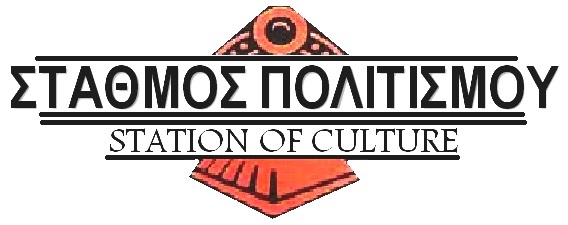Trucost examines the ESG themes impacting companies in 2019
Environmental, social and governance (ESG) matters are firmly ranking as one of the key focuses for many functions in the corporate world – from investor relations professionals to chief executives. Here are our key takeaways from many important sustainability topics that are dominating the conversation due to prevalence and sense of urgency.
Sustainable Development Goals – now part of nearly every conversation
Although a part of many leading programs during the past several years, the UN Sustainability Goals (SDGs) have moved from the sidelines to the core of many conversations. Corporations are highlighting how they use the SDGs as a framework for setting targets and identifying new business opportunities, while others are pointing to the notable increase in the number of investor questions relating to the SDGs.
Industry figures are also stressing that as a 2030 deadline is only 11 years away, collective action needs to accelerate in order to make meaningful progress. NGOs, in particular, are calling on companies to align with the SDGs in meaningful and trackable commitments. This requires companies to provide more forward-looking data and scenario analyses.
Disconnect between demand and supply of ESG data
More than ever, investors are demanding better disclosure of ESG data. Corporations, however, are finding themselves fatigued by the increasing number of reporting frameworks and lack of clarity on what happens to the data that they voluntarily provide to so many outlets. In an effort to bridge this gap, the Corporate Reporting Dialogue has recently announced the launch of the Better Alignment Project. It aims to make it easier for companies to prepare effective and coherent disclosures that meet the information needs of capital markets and society.
The lack of standardization between raters and rankers can be a source of frustration for corporations and investors. Raters all quantify and score impact differently, many without providing transparency on their analytical methodology. Some have pointed out that this is a consequence of the relative youth of ESG reporting – something that may be eased following standardization of data, as was the case for the financial accounting space. Until then, corporations must determine which raters and rankers best fit their interests and respond accordingly.
Sustainability tied to financial value
We are also hearing that ESG characteristics influence the allocation of one of every four dollars invested in the US. Investors point to their rationale for considering sustainability impacts in their decisions and highlight the growing evidence that companies with a focus on financially material ESG issues outperform others.
The continued rise in green bonds, SDG bonds, and other sustainability-linked debt offerings are showing no signs of slowing down in 2019. Banks and other lenders say that they now offer lower interest rates on borrowing, when linked to measurable sustainability progress. These conversations are focusing on the positive impacts of sustainability, rather than sustainability as a cost. These new offerings align well with an accelerated focus on standards and frameworks, which from a climate perspective, center on TCFD, the Taskforce on Climate Related Financial Disclosure.
TCFD influences framework development
The recommendations from the TCFD have been resonating across almost every climate-related conversation recently. All major standard setters and frameworks show a clear influence from TCFD. Consequently, the demand for TCFD disclosures continues to increase and it pulls in stakeholders beyond traditional sustainability management and reporting teams. Investor relations officers, treasury, corporate finance, and legal teams now must understand and communicate how their organizations factor climate change risks into their planning. This change is most noticeable at events, with the make-up of audiences reflecting more of these roles.
While the number of frameworks, raters, and rankers continue to challenge corporations, the SDGs and TCFD provide a hopeful sign that some of the confusion may lessen or even disappear as we move forward in 2019. These new tools are helping corporations uncover where risks and opportunities reside in operations and throughout value chains. With these tools, corporations and their investors will increasingly understand the value they create for society, for shareholders, and ultimately for their bottom lines.



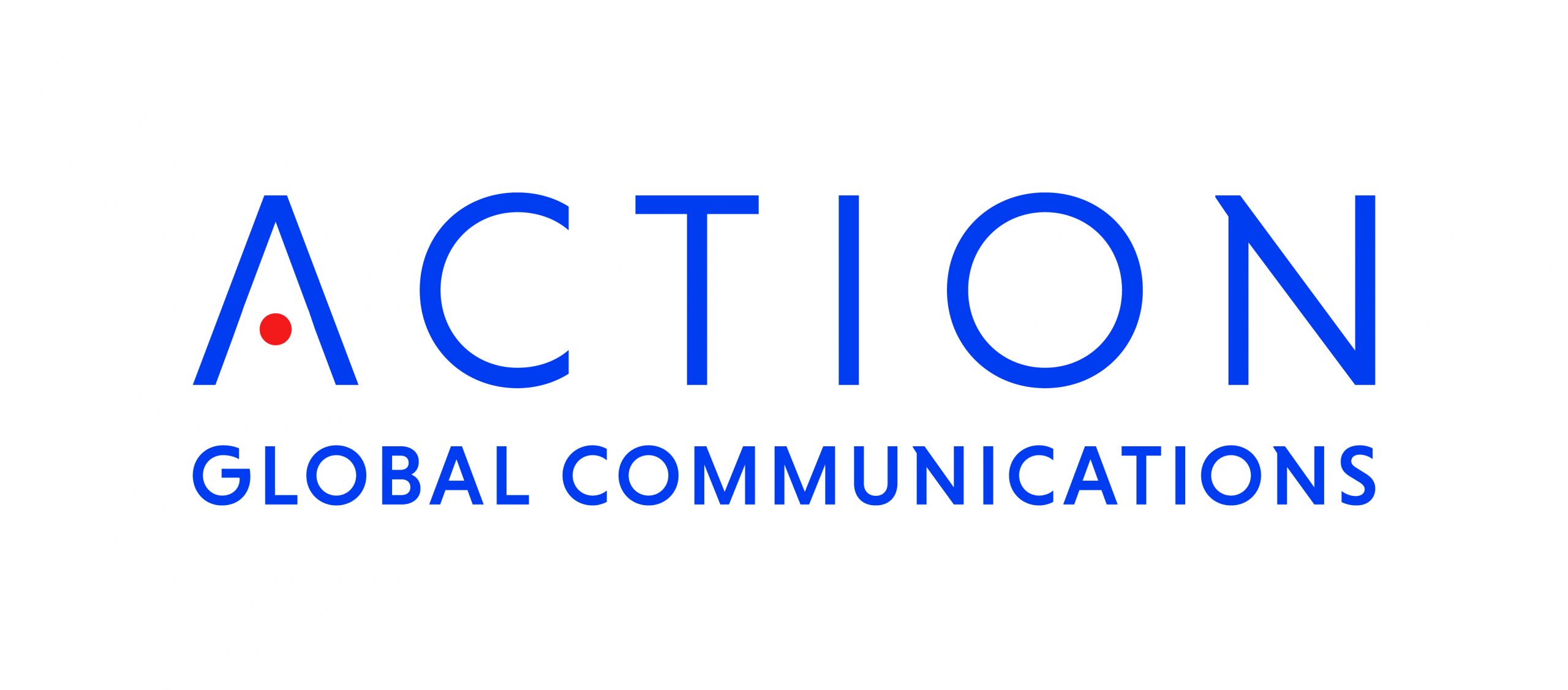











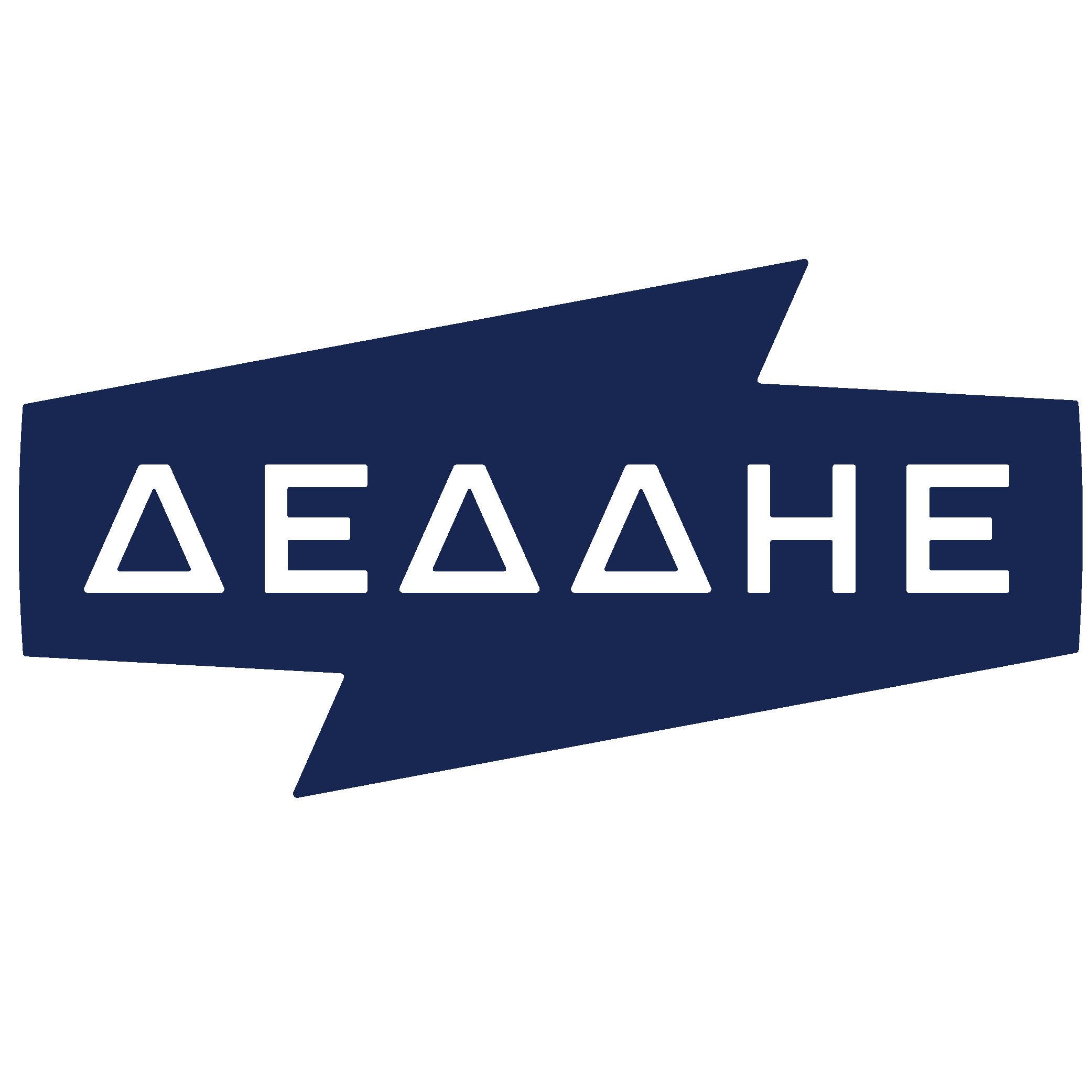
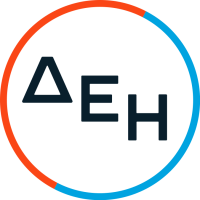





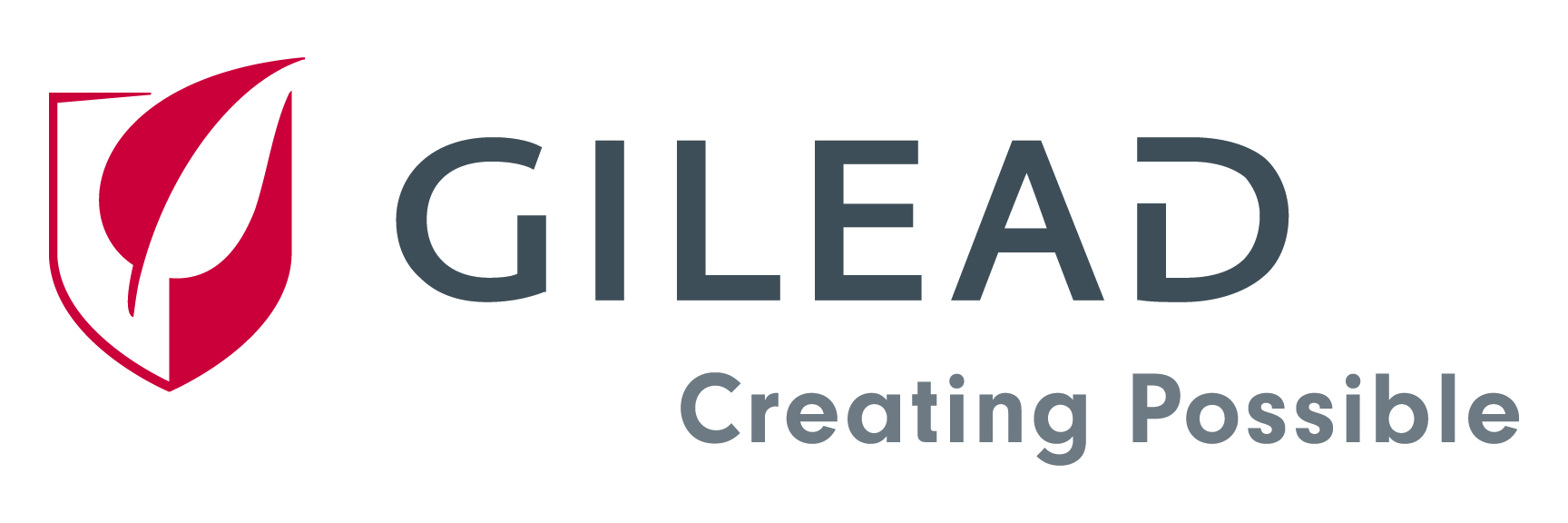



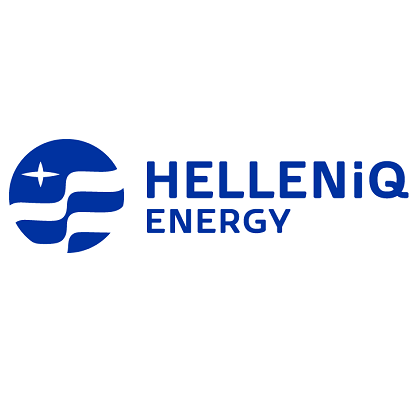

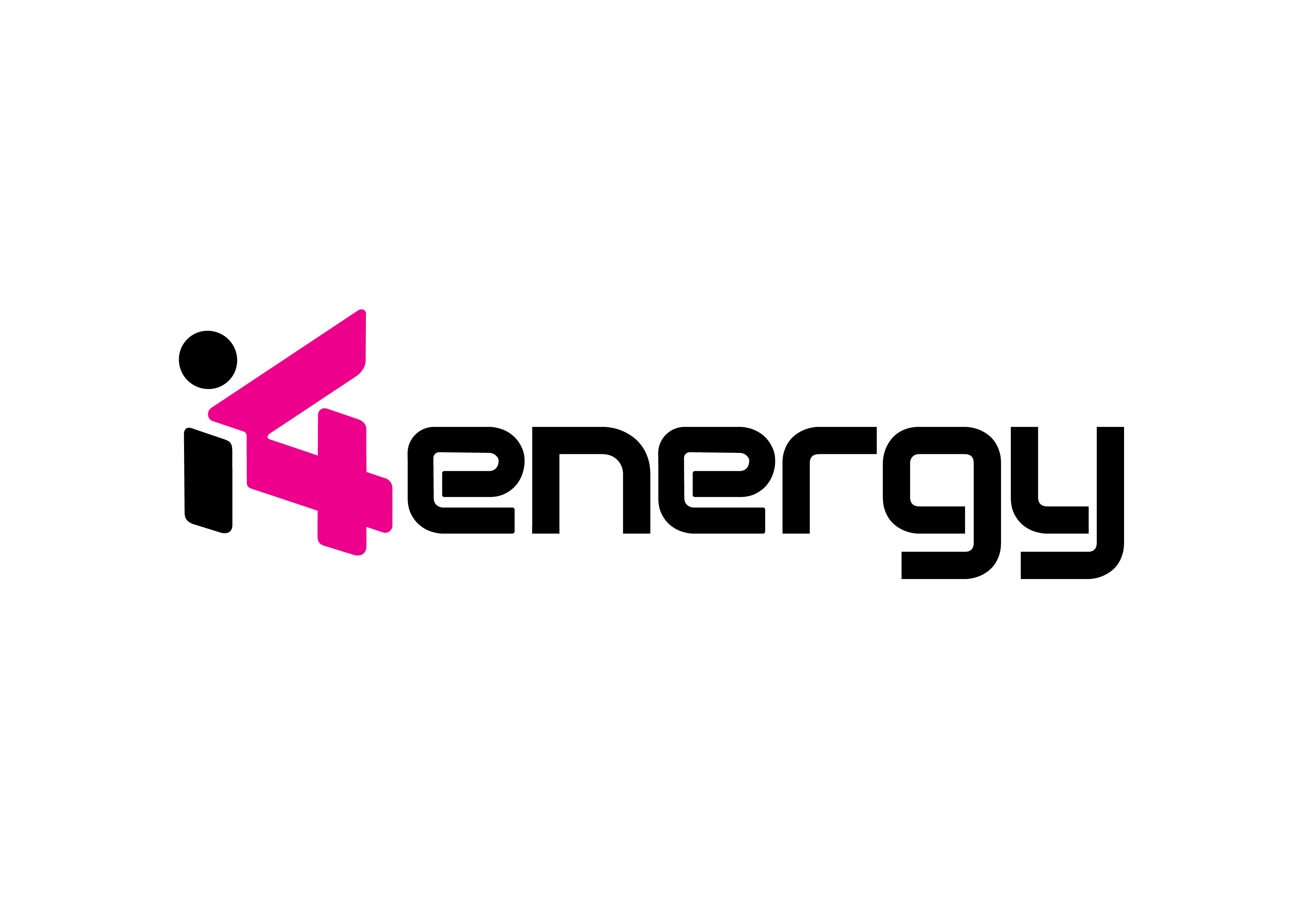

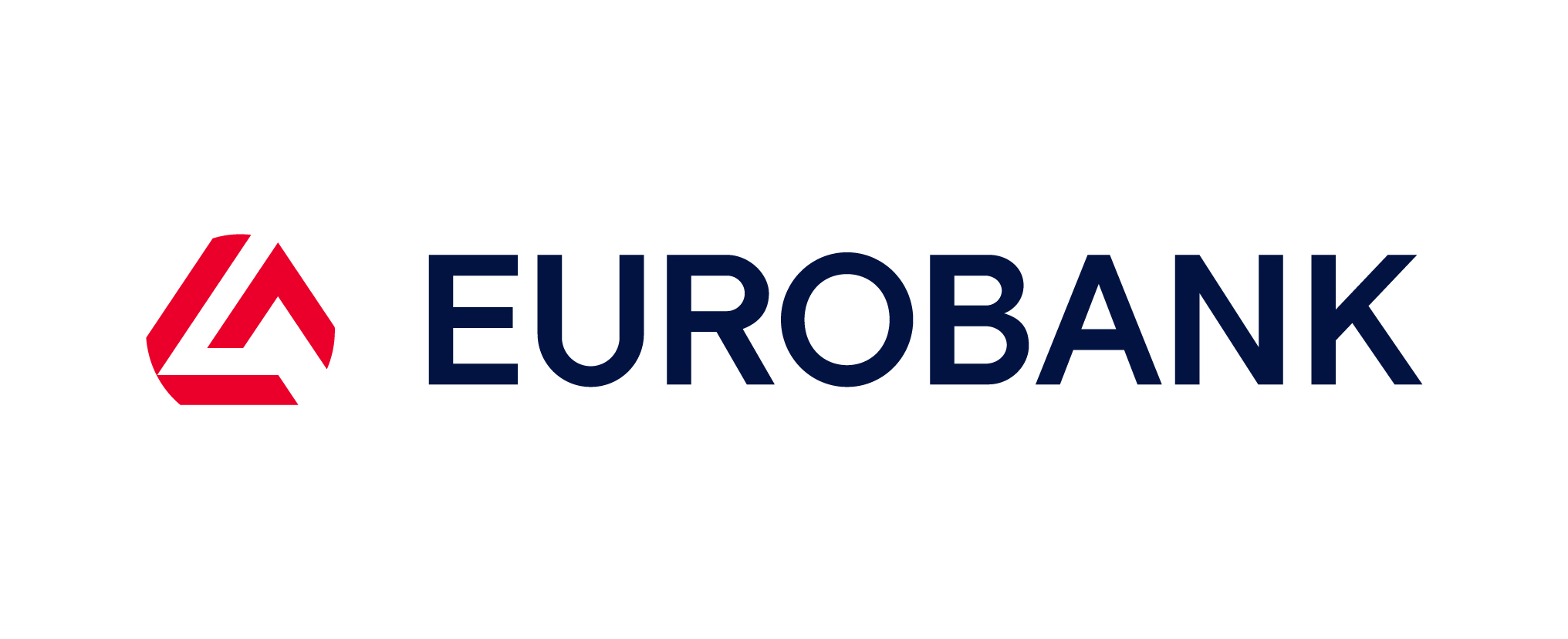

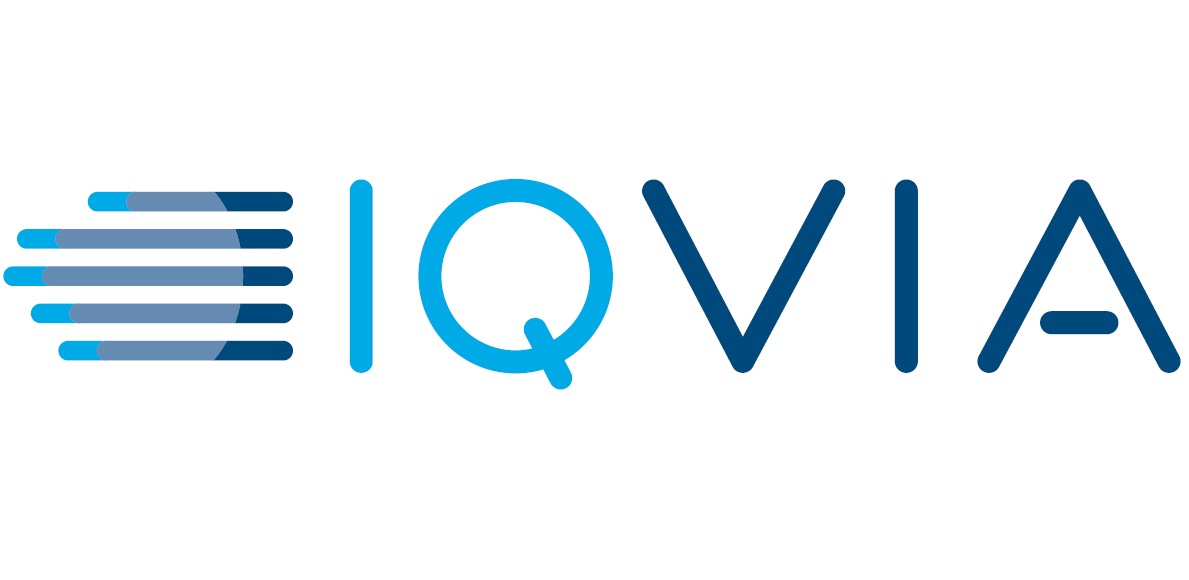



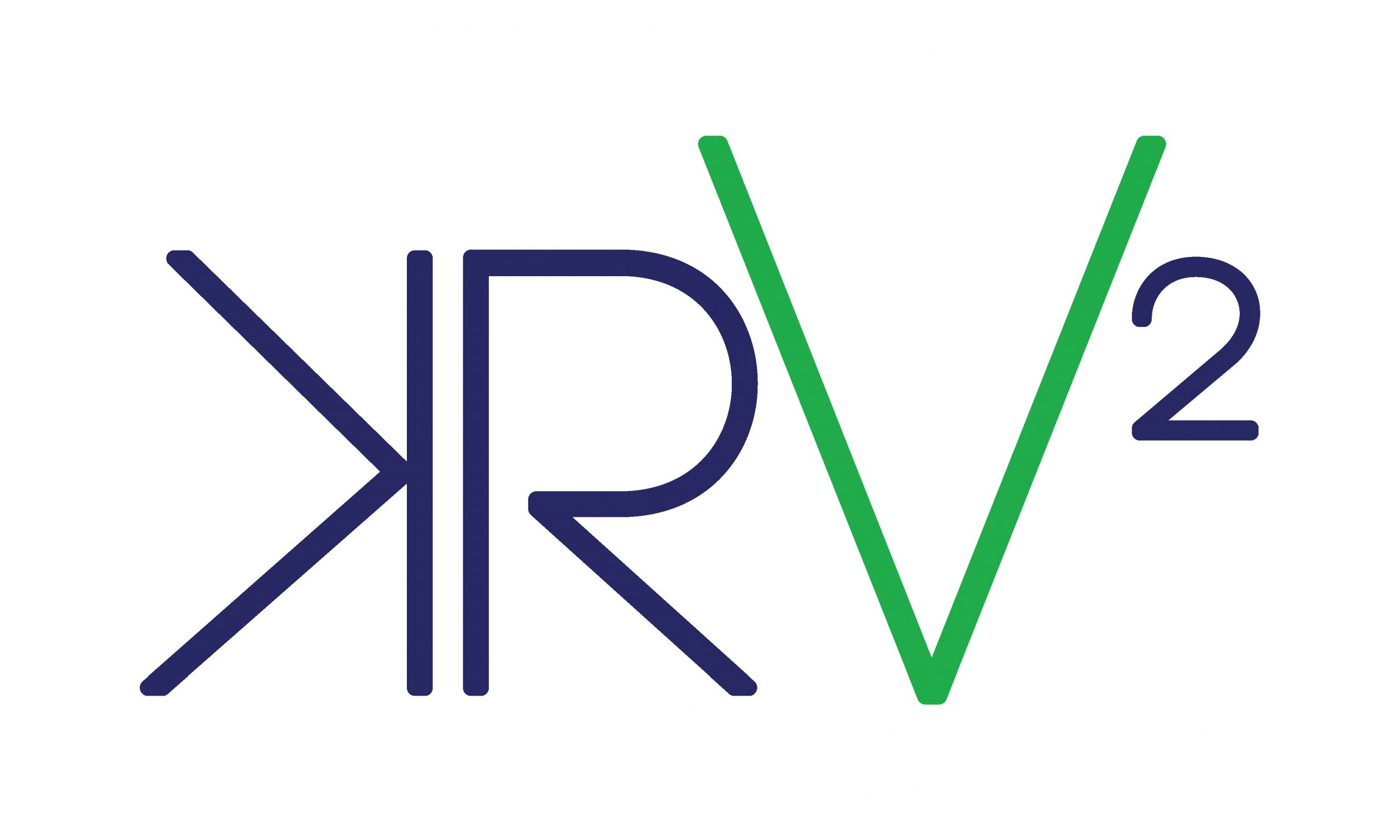

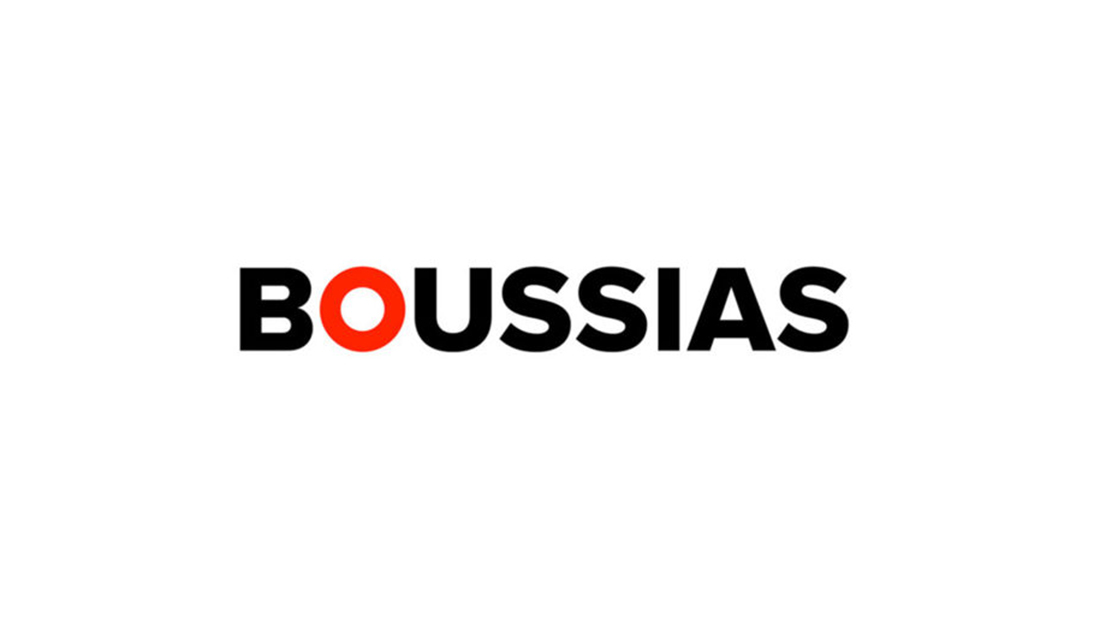



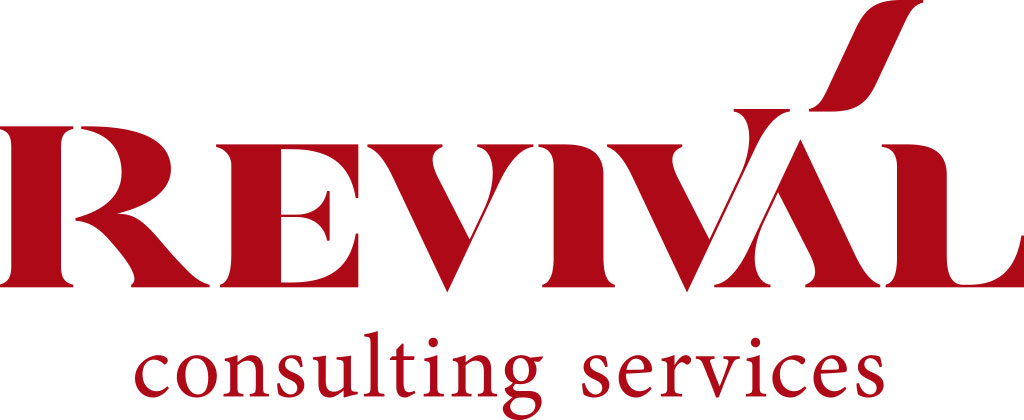
1.jpg)
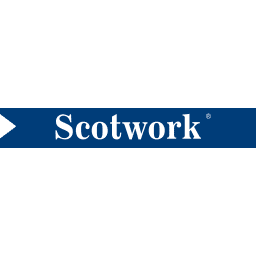
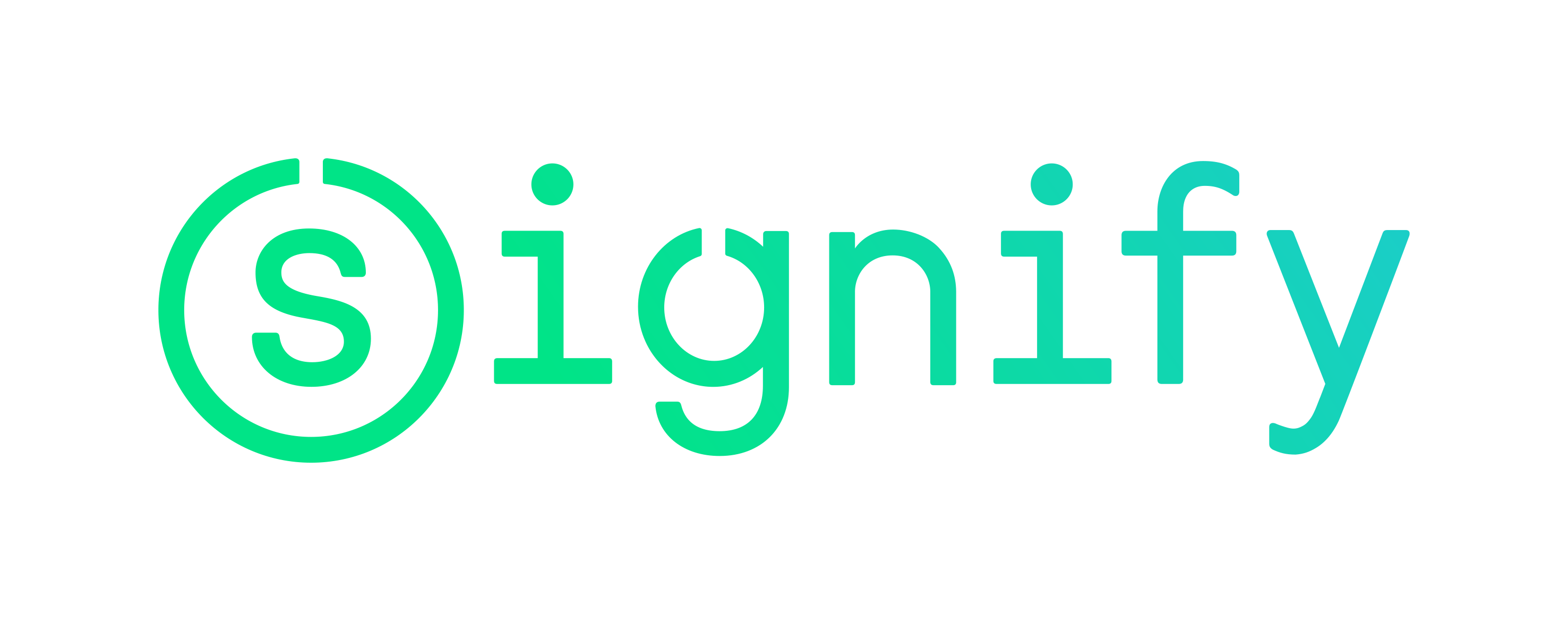



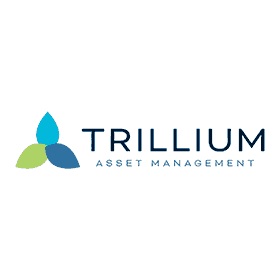

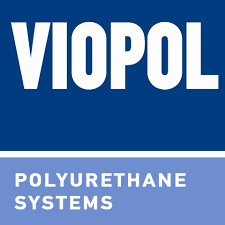

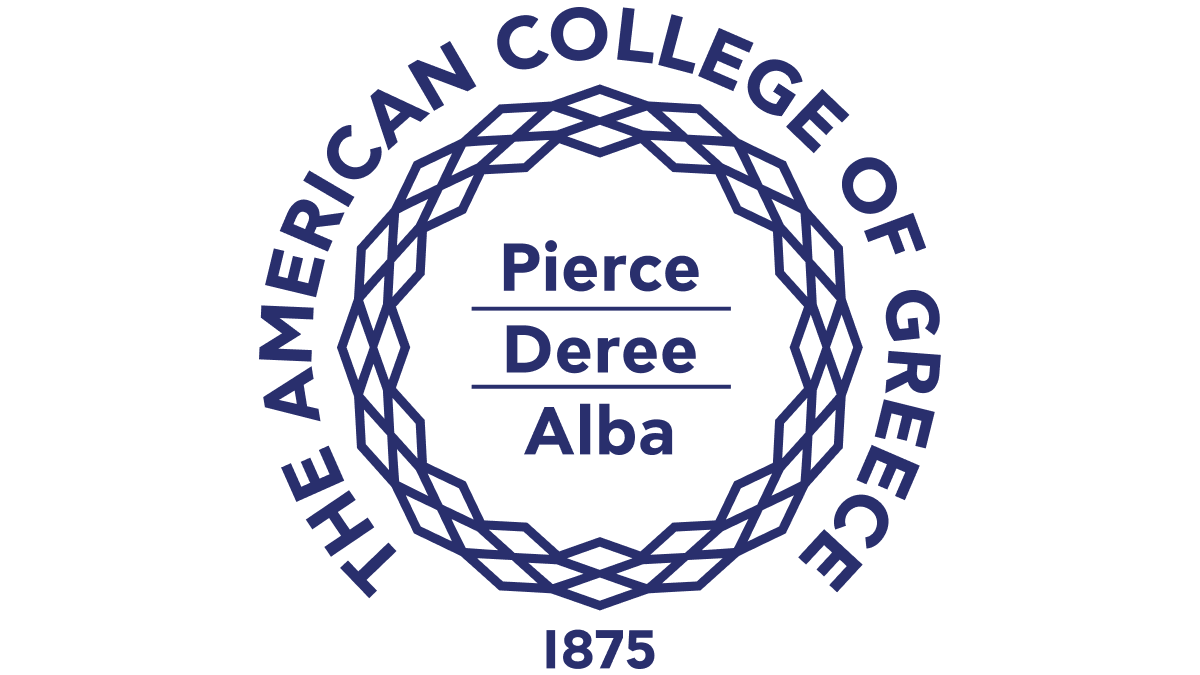




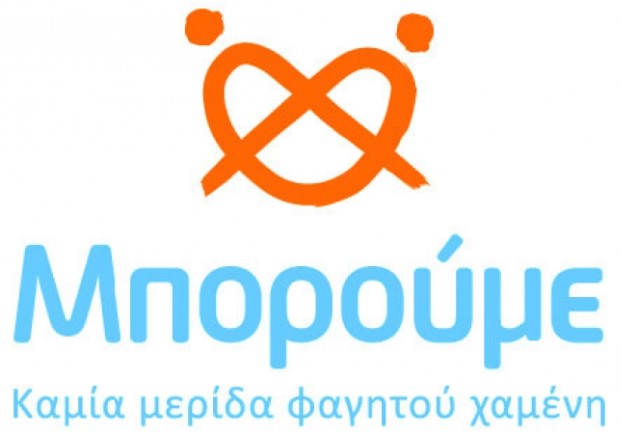
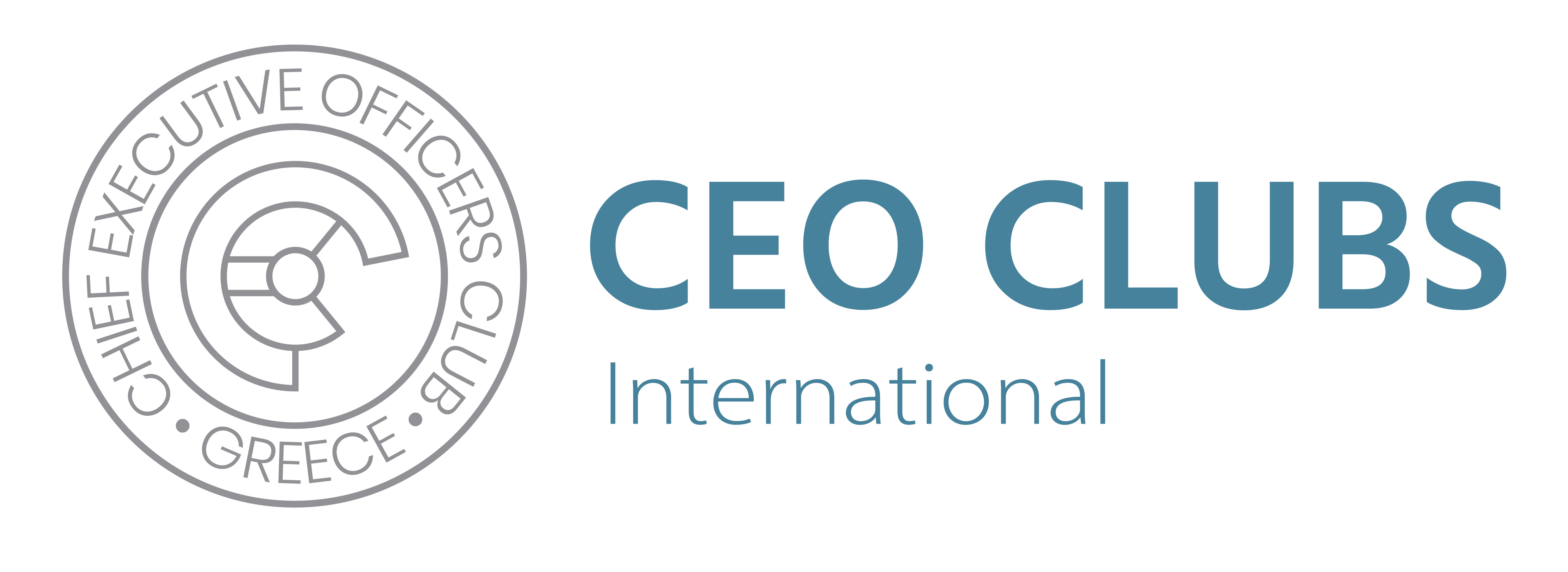



.jpg)
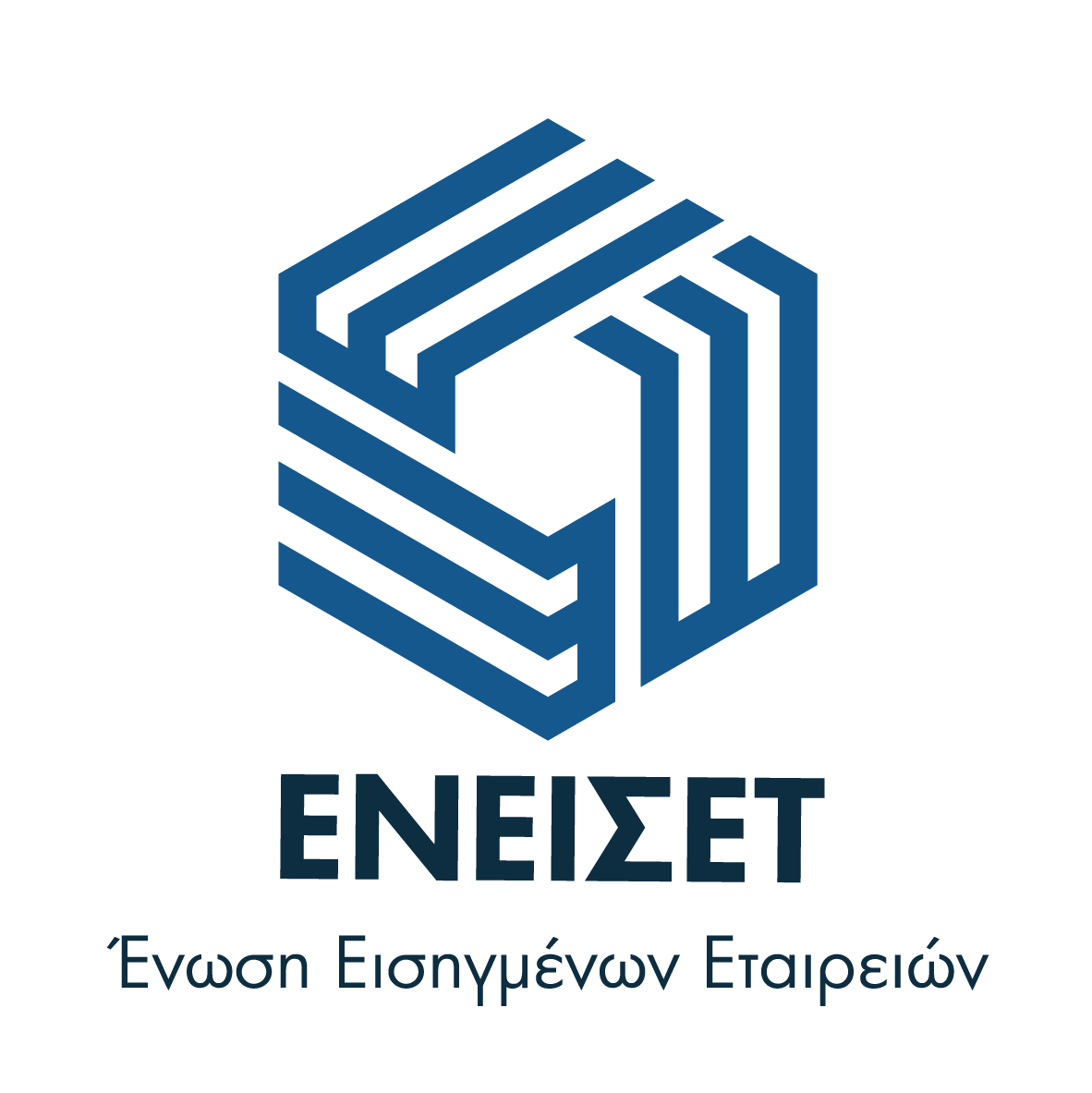



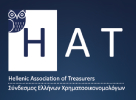
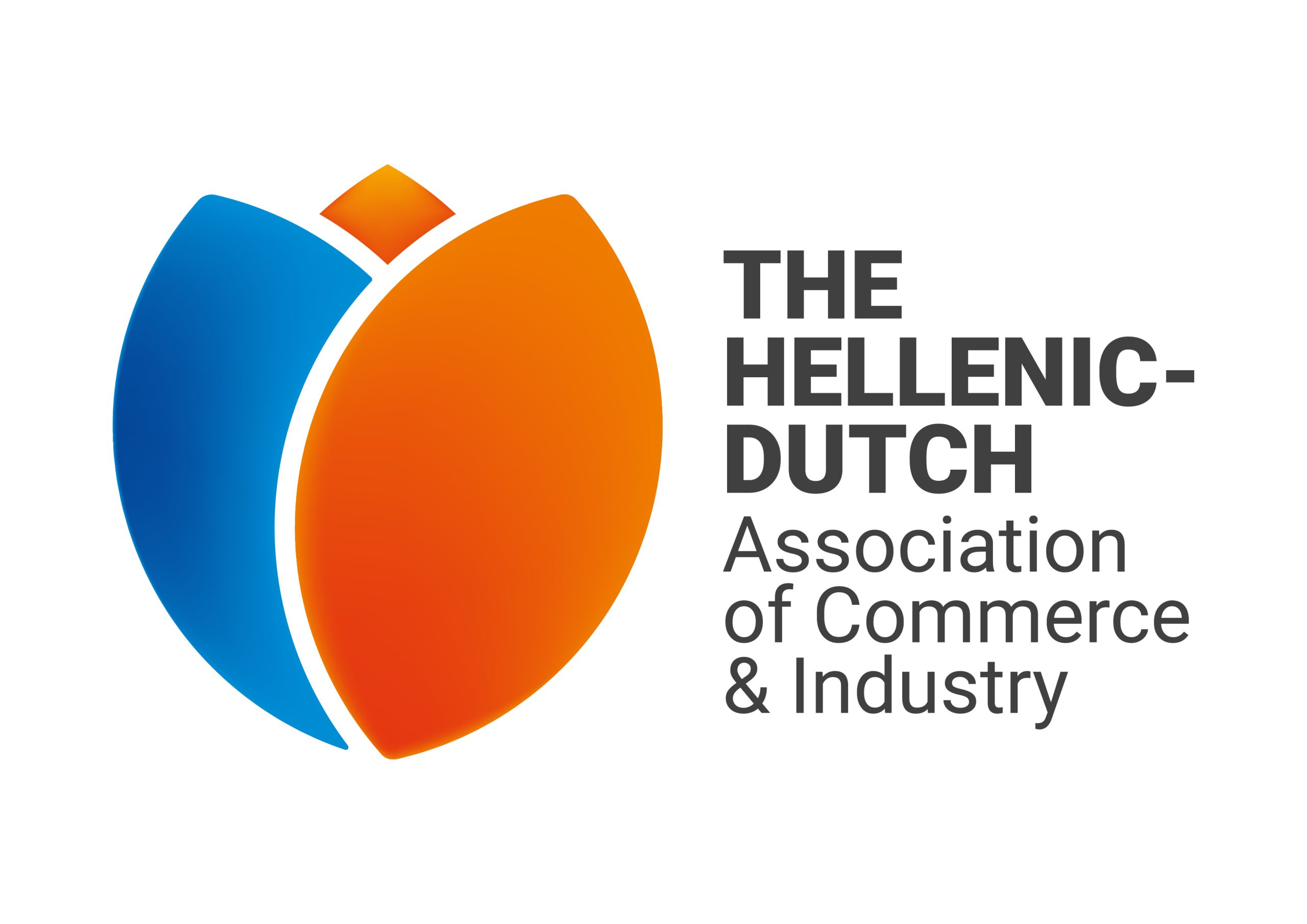
.jpg)



_.jpg)
.jpg)





